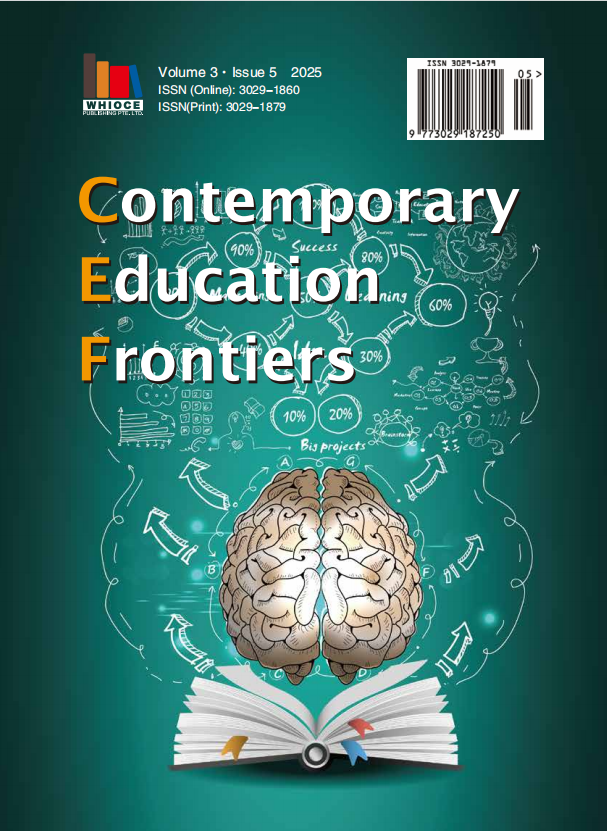A Practical Study on the "Three-Integrations" Model of Chinese Language Teaching in Higher Education Based on Flipped Classroom: A Case Study of Beijing Union University
DOI:
https://doi.org/10.18063/cef.v3i5.1202Keywords:
International students in China, Chinese language teaching, Flipped classroom, Teaching reformAbstract
With the acceleration of the internationalization of Chinese education, the education of international students in China has encountered multiple challenges, including national policy requirements, institutional demands for international development, and the impact of the COVID-19 pandemic. Taking Beijing Union University as an example, this paper explores the rationale and outcomes of a comprehensive reform in Chinese language teaching for international students based on the flipped classroom model. By implementing a "three-integrations" approach—combining online and offline learning, integrating classroom instruction with self-directed study, and bridging formal classroom teaching with extracurricular activities—the university has achieved significant improvements in Chinese language education for international students. These improvements include enhanced performance in the HSK examination, strengthened institutional branding, a refined curriculum system, and elevated quality in talent cultivation. The findings indicate that the integration of the flipped classroom model with cutting-edge pedagogical theories offers innovative solutions to the challenges in Chinese language teaching for international students.
References
Ma J, 2023, International Chinese education: Effectively promoting cultural exchange and mutual understanding through Chinese language. China News Release (Practical Edition), (6): 30-33.
Pang M, Qu W, 2023, Research on high-quality development path of Beijing's education internationalization under the background of international exchange center construction. Journal of Beijing Union University, (4): 8-13.
Ministry of Education of the People's Republic of China, 2018, Notice on issuing the Quality Standards for Higher Education of International Students in China (Trial). Retrieved from http://www.moe.gov.cn/srcsite/A20/moe_850/201810/t20181012_351302.html
He K, 2014, Understanding the flipped classroom: From its essence. e-Education Research, (7): 5-16.
Wen Q, 2015, Constructing the theoretical system of production-oriented approach. Foreign Language Teaching and Research, 47(4), 547-558.
Liu D, Feng L, Liu X, 2021, Applying OBE and POA concepts to enhance the quality and efficiency of undergraduate education for international students. Heilongjiang Education (Higher Education Research & Evaluation), (7): 32-36.
Qin W, 2013, Flipped learning: A new paradigm for classroom teaching reform. e-Education Research, (8): 84-90.
Hwang G, Lai C, Wang S, 2015, Seamless flipped learning: A mobile technology-enhanced flipped classroom with effective learning strategies. Journal of Computers in Education, (4): 449-473. https://doi.org/10.1007/s40692-015-0043-0
Zhu Z, Lei Y, 2016, Flipped classroom 2.0: Towards creation-driven smart learning. e-Education Research, (3): 5-12.
Wang H, 2018, Reflection on the "flipped" concept: From flipped classroom to flipped learning to deep flipped learning. Basic Foreign Language Education, (1): 3-9+105.
Zhang T, Deng P, 2021, Construction and practice of "generative flipped learning" teaching model: A case study of integrating Chinese culture into college English teaching. Foreign Language Learning Theory and Practice, (1): 61-70.

